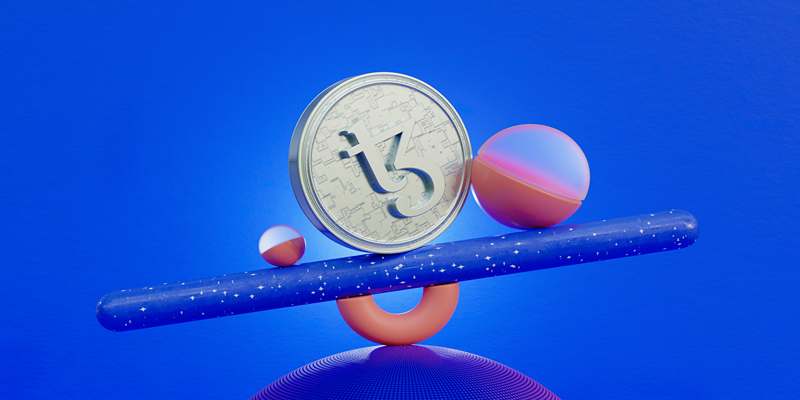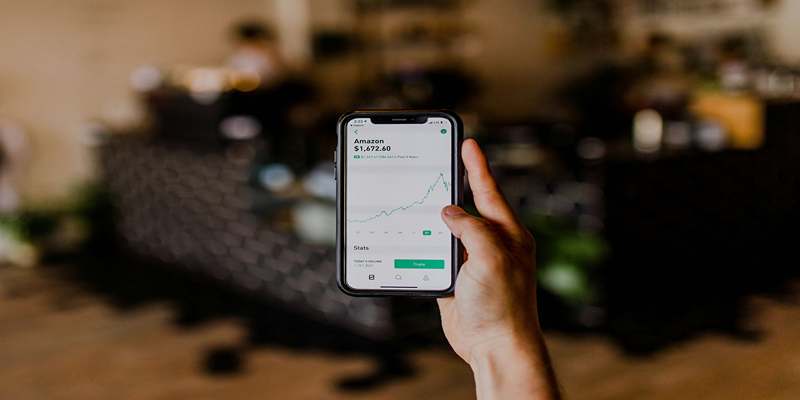Stocks vs. futures trading for day traders compared
Day Trading means purchase and sale of financial assets in the very same day in a bid to make profits from short-term fluctuations in the market. Two of the most traded financial instruments that are common among day traders are stocks and futures both of which have their strengths and weaknesses. It is important for the investors to differentiate between stocks and futures to make better investments. Every market has unique trading comparison factors like liquidity, leverage, volatility and taxes. From these differences, the trader is in a position to select the right market depending on his or her risk appetite, trading plan, or financial objectives.

Understanding Stocks vs. Futures in Day Trading
What Are Stocks and Futures?
Stocks refer to the shares in the public limited companies that enable the shareholders to have stakes in the business profits and have a say in the management of the company. The stock prices move up and down depending on the performance of the company, general public sentiments, and economic factors. Futures, on the other hand, are financial derivatives which enable traders to work on the price trends of certain commodities, indices or financial securities. Futures unlike stocks have a maturity date, and it is cash settled or physically delivered. Futures market involves trading in contracts that are settled within the same day and thus, has become popular among those who want to trade on a short-term basis frequently.
How Liquidity and Volatility Differ in Stocks vs. Futures
It will be very important to understand the liquidity and volatility characteristics in order to select stocks over futures for day trading. Large cap stocks such as Apple or Microsoft are known to have high liquidity, which means price movement within the stock is easily facilitated with low price retrace. However, stocks can be less active in terms of price changes as compared to futures which make the price change slow. Futures with assets or indexes are more volatile due to leverage and macroeconomic factors. It means that more frequent and sharp price changes happened in the markets allowing the traders to benefit from these fluctuations but at the same time having a higher risk level. This knowledge assists traders to identify which of the two markets is suitable for deployment of their trading plan.
Key Market Participants in Stocks and Futures Trading
Various market players are involved in stock price fluctuation as compared to that of futures. In the stock market, there are institutional buyers, individual buyers, hedge funds, and mutual funds among others. Their buying policies affect stock prices while their selling policies influence the market sentiment. However, futures market made up of speculators, hedgers, and arbitrageurs. The first type is the speculators who seek to gain from the short-term price volatility and the second type is the hedgers for instance farmers or manufacturers fix the price of the commodities through futures. Arbitrageurs use such opportunities to make profits from the difference in the prices in different markets.
Trading Comparison: Risks and Rewards of Stocks vs. Futures
Risk Factors in Stock and Futures Trading
It is important to note that trading in both stocks and futures has the following risks. Company-specific risks involve aspects like changes in earnings, outcomes of corporate fraud, and regulatory alterations with respect to stock trading. This means that negative news particularly the ones that are sudden can always lead to a decline in the prices hence incurring losses. Futures trading, on the other hand, means that leverage is much higher and traders are able to manage more significant position with less amount of money. On the bright side, this means that profits are magnified and the potential losses are also multiplied in case of an adverse market spread. Also, futures contracts have aexpiry date whereby the contract holder is forced to sell or buy the contract, a situation that may call for the liquidation of the position. The paper aims at discussing about the measures for reducing the risks in both markets that are involved in the management of risks which may lead to losses.

Profit Potential: Comparing Returns in Both Markets
There is a difference in the profit making ability of stocks and futures with regard to capital investment, leverage and the market. Stock traders earn their profit through capital gains from stock price increases and through dividend income while future traders earn their profit from an increase in prices as well as a decrease in prices through the use of long and short positions respectively. Futures trading usually has more profit making ability since it involves the use of leverage that is trading with a small amount of money to control large contracts. However, this also entails that the potential of incurring a considerable amount of losses is also high. However, trading in stocks can be less risky and can be more consistent compared to trading in the forex market for traders who trade in blue-chip stocks. Deciding on which of these markets to trade depends with the trader’s appetite for risk and the investment options that he would prefer to take.
Leverage and Margin Requirements in Stocks and Futures
Margin is also an important element in futures trading because it permits the trader to control positions many times larger than the cash deposited as margin. Futures contracts work at leverage ratios of at least 10:1 and often more, for the purpose of achieving high profits with less capital. However, this also means placing the trader at a vulnerable position when trades go against him/her, causing margin calls to be made. In contrast, stock trading leverage is highly restricted with the maximum being 2:1 for the retail traders depending on the regulating authority.
Conclusion
Both stock and futures trading offer unique advantages and risks for day traders. Stocks offer stability, long term investments and less leverage risks while futures are highly volatile, higher profit making capacity and almost round the clock trading. The difference between trading stocks and futures is basically personal preference, trading style, risk and capital. He also needs to look at tax effects, regulatory environment and liquidity factors before taking a decision on which assets to invest in. Thus, analyzing these elements and managing risks, traders can make the right decision and achieve the desired results in the process of trading.












